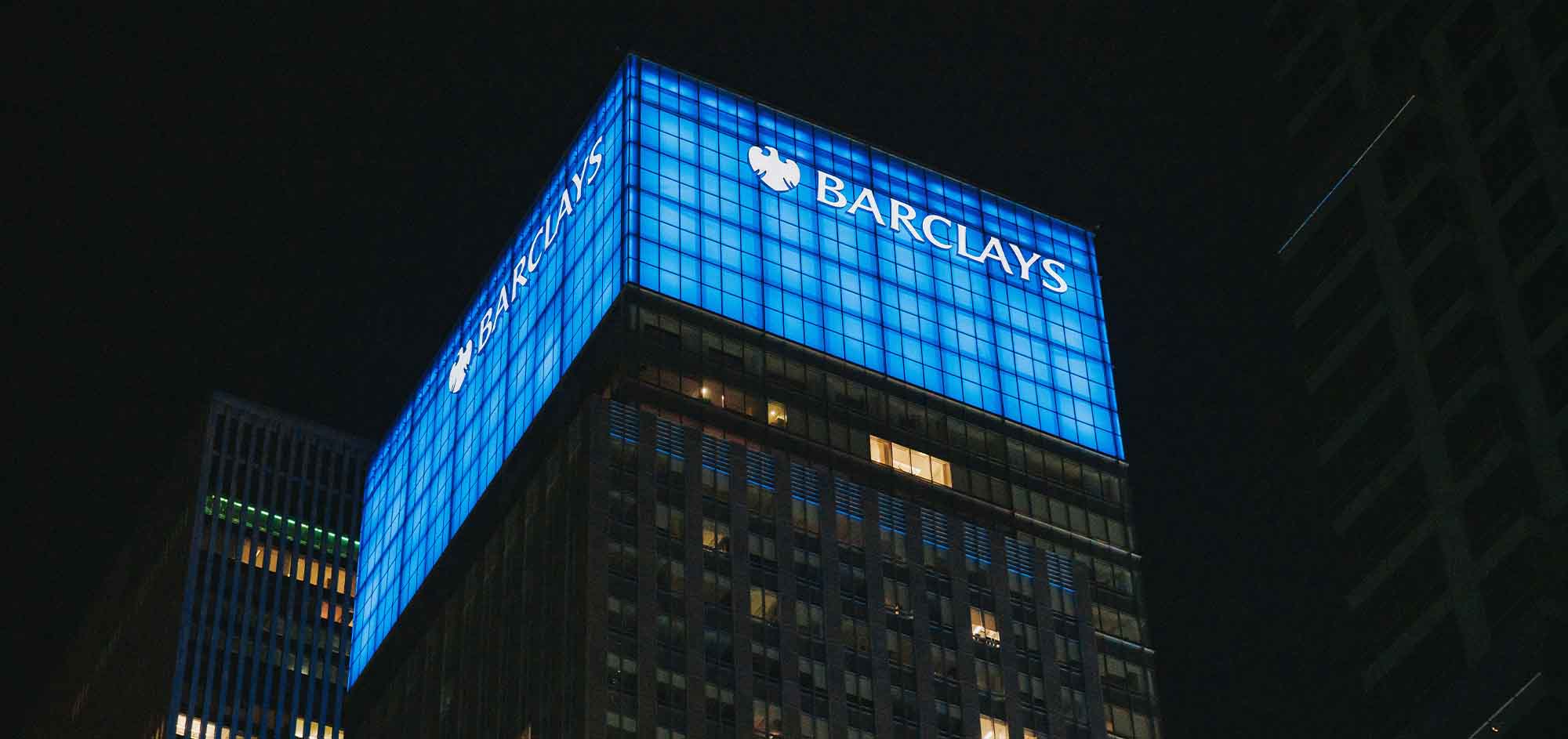Empowering SMEs in the Retrofit Revolution: Climate Resilience, Finance Innovation, and the Path to Net Zero
August 6, 2025

In the urgent race to decarbonise Europe's built environment – responsible for 36% of the continent's CO2 emissions – small and medium-sized enterprises (SMEs) are pivotal yet under-leveraged players. Representing over 90% of construction sector businesses in Europe, SMEs are uniquely positioned to deliver retrofit solutions at scale, drive local innovation, and build economic resilience. With over 80% of the homes standing in 2050 already built (University of Cambridge Institute for Sustainability Leadership (CISL)), the retrofit challenge demands their agility and community expertise. Yet, unlocking their full potential hinges on overcoming critical barriers in sustainable finance and climate adaptation.
The Engine of Integrated Retrofit: Why SMEs Lead
SMEs from insulation specialists and HVAC technicians to digital assessors – are the hands transforming our housing stock. Their strength lies in deep local knowledge of regional building quirks and community trust, allowing them to tailor solutions for structures never designed for efficiency or resilience. Beyond installation, they are innovation powerhouses:
- Industrialising Retrofit: Models like Energiesprong rely on SMEs to develop modular façade systems for rapid off-site installation, smart HVAC technologies integrating with old infrastructure, and flood-resilient components like pressure-tight doors.
- Collaborative Delivery: SMEs excel in partnerships, working with local authorities on area-based schemes (e.g., UK Local Energy Hubs), housing associations for social housing upgrades, and insurers to meet stringent standards like PAS 2035 and TrustMark.
- Scaling Nationally: CISL underscores SMEs as essential for meeting national targets, offering regional capacity, creating green jobs, and responding agilely to localised climate risks like flooding or overheating.
Catalysing Impact Through Strategic Partnerships
SMEs rarely operate in isolation. Collaboration with larger entities unlocks resources and credibility:
- Access to Capital & Scale: Corporates provide financing, guarantees, and co-investment.
- Capacity Building: Training, digital tools (e.g., Tese.io’s retrofit assessment platform), and technical support help SMEs scale.
- Market Access & Trust: Partnerships open new client channels and boost credibility.
Transformational Models in Action:
- Allianz (UK): Offers premium discounts to SMEs installing certified flood-resilient features (e.g., flood doors, raised electrics), directly linking adaptation to business incentives.
- IKEA & Eni: Platforms like IKEA’s Sustainability Hub and Eni’s ecosystem support help SMEs measure ESG data, access renewables, and align with corporate supply chains.
- Barclays: A Finance Pioneer Embedding Support: Barclays is actively shaping the retrofit finance landscape:
- Its Green Home Retrofit Scheme offers tailored financing for homeowners and SMEs.
- A £500 million partnership with the National Wealth Fund targets social housing retrofits.
- It champions the SME Climate Hub, providing tools for net-zero target setting and advisory services.
- Developing sustainability-linked loans and mortgages tied to retrofit KPIs within its Sustainable Finance Framework, aiming to facilitate $1 trillion in sustainable finance by 2030. This integrated approach de-risks SME participation and structures finance around measurable outcomes.
Building Profitable & Resilient SME Business Models
Retrofit isn't just climate action; it's a significant business opportunity. SMEs embedding sustainability also unlock:
- Cost Savings: Reduced energy and material waste.
- Brand Value & Talent: Meeting consumer demand for green solutions and attracting purpose-driven employees.
- High-Margin Adaptation Services: Specialisation in flood resilience, overheating mitigation, or subsidence prevention is increasingly vital. Installing features like flood doors offers a proven ~5:1 ROI in avoided future damage. With UK flood risk projected to rise 130% under a 4°C scenario (Environment Agency), these services are essential for:
- Reducing client risk (improving insurability)
- Enhancing asset value
- Unlocking risk-mitigation finance (e.g., lower premiums)
- Differentiating in a competitive market
- Holistic Packages: Bundling energy efficiency with climate adaptation (e.g., insulation + flood protection) boosts customer value and satisfaction.
Overcoming the Finance Hurdle: Innovative Products for SMEs
Despite the strong business case, upfront costs for R&D, training, and equipment remain a barrier. Sustainable finance solutions are critical:
- Why It's Needed: Benefits accrue over time while costs are immediate; traditional lenders often perceive SME retrofit as high-risk.
- Emerging Solutions:
- Sustainability-Linked Loans: Rates tied to achieving retrofit KPIs (e.g., EPC improvement).
- Green Mortgages: Better terms for energy-efficient properties (Barclays example).
- Insurance-Backed Guarantees: Assuring retrofit quality and performance for homeowners.
- Blended Finance: Combining public capital (e.g., Public Sector Decarbonisation Scheme) with private investment.
- Enablers: Platforms like Tese.io streamline the process by digitising assessments, aggregating demand, and connecting SMEs to lenders using data to de-risk projects. Frameworks like the OECD’s SME Sustainability Reporting simplify ESG metrics for finance access.
Conclusion: Scaling the SME Retrofit Ecosystem
SMEs are not just participants but protagonists in the retrofit revolution. Their local expertise, innovative capacity, and community relationships are irreplaceable for achieving net-zero and climate resilience in the built environment. The path forward requires:
- Scaling Strategic Partnerships: Expanding models like those of Barclays, Allianz, and IKEA/Eni.
- Simplifying Finance Access: Streamlining applications, standardising metrics (e.g., for resilience), and expanding blended finance.
- Celebrating & Supporting Trailblazers: Highlighting successful SME-corporate collaborations and providing targeted support for adaptation specialisation.
By empowering SMEs with the right finance, partnerships, and tools, we unlock the fastest route to a decarbonised, climate-resilient future. Their success is our collective success.
